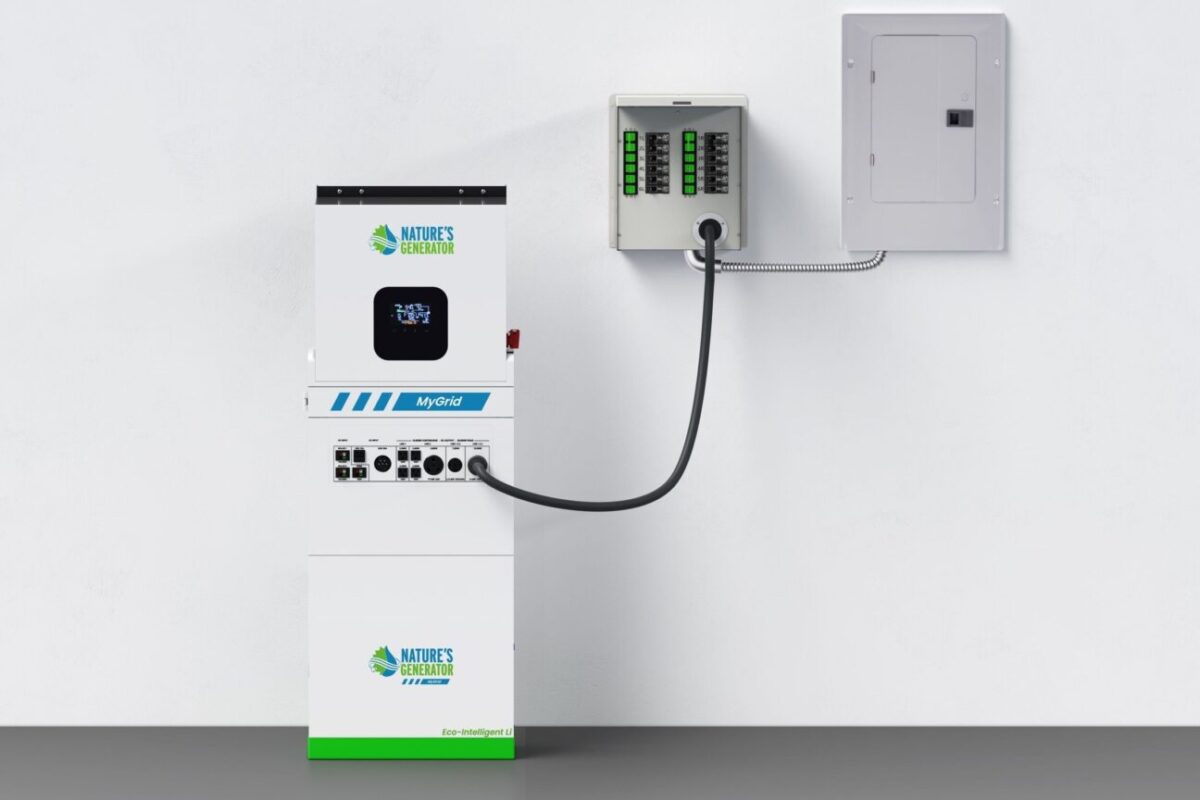From pv magazine Spain
British market analysis firm Aurora Energy Research expects installed wind and PV capacity in Europe to more than triple by 2050, but it also sees problems that may prevent renewable energy targets from being met.
In their “European Renewables Market Overview Report”, which the company has presented for the first time, Aurora experts concluded that negative electricity prices, cannibalisation effects on electricity prices and grid bottlenecks are likely to slow expansion. Even if installed capacity triples, it will not be enough to meet EU climate targets.
However, analysts believe that renewables are on track to 2030, despite all the risks. The EU has set a target of increasing the share of renewables in energy consumption to 42.5% by 2030. To achieve this, member states want to add a total of 600 GW of renewable energy capacity by 2030. According to Aurora, 528 GW have been added over the past 10 years. The drivers have been rising electricity demand, supportive policy measures, rising raw material prices, the decommissioning of coal and gas-fired power plants and supply chain improvements. If the momentum of recent years is maintained, the 2030 target could be met.
‘Significant risks for renewables'
However, investors and developers face a growing risk of negative prices, according to analysts. Central Europe has the lowest negative prices, while the Nordic countries lead the way in terms of the number of hours with negative prices. In most European countries, there is currently no or only a rudimentary protection mechanism for renewables in such market situations.
Experts see another challenge in the fact that electricity prices plummet during periods of high renewable feed-in. As a result, the profitability of investments suffers. To avoid this cannibalisation, more storage and flexibility must be used. The problem of market saturation is greatest in Greece, Romania and the United Kingdom.
Aurora also sees grid bottlenecks as a major obstacle to the expansion of renewables. Across Europe, no less than 57 TWh of electricity could not be fed into the grid in 2023, around 14.5% more than the previous year. This problem was greatest in Germany, Poland and the UK.
“Negative prices and grid constraints are significant risks for renewables in today’s market. With the growing expansion of renewables, they will only get worse,” said Rebecca McManus, head of Pan-European Renewables Research at Aurora Energy Research. “It is important for project developers to look at ways to reduce project risk, for example through portfolio diversification. This can mitigate the impact.”
This content is protected by copyright and may not be reused. If you want to cooperate with us and would like to reuse some of our content, please contact: editors@pv-magazine.com.



that begs the question, the government officals or the renewable energy experts need to detect the root cause and come up with the countermeasures for the negative electricty prices and grid bottlenecks that leads to the obstacles for the renewables expensions.